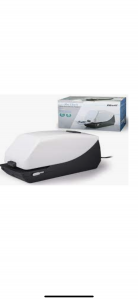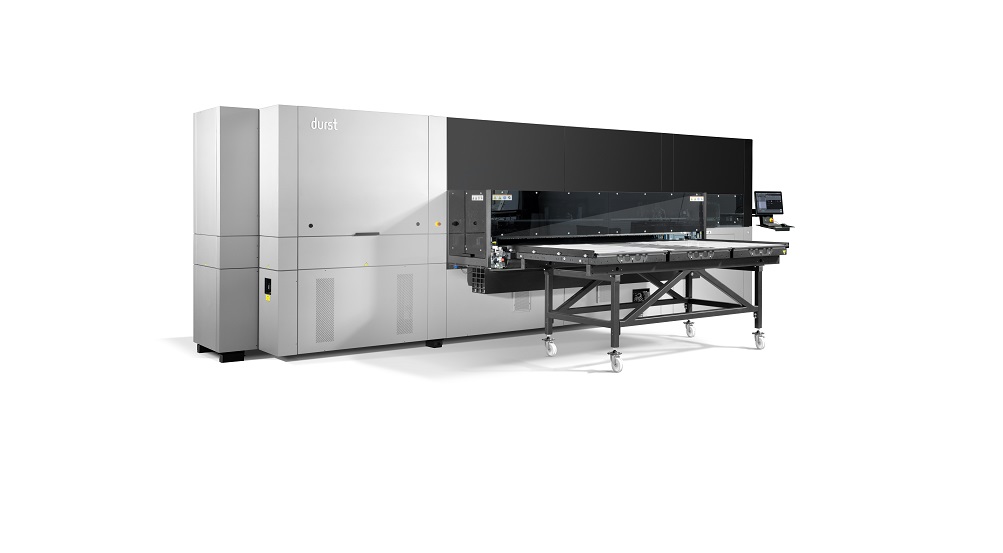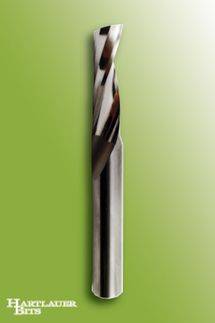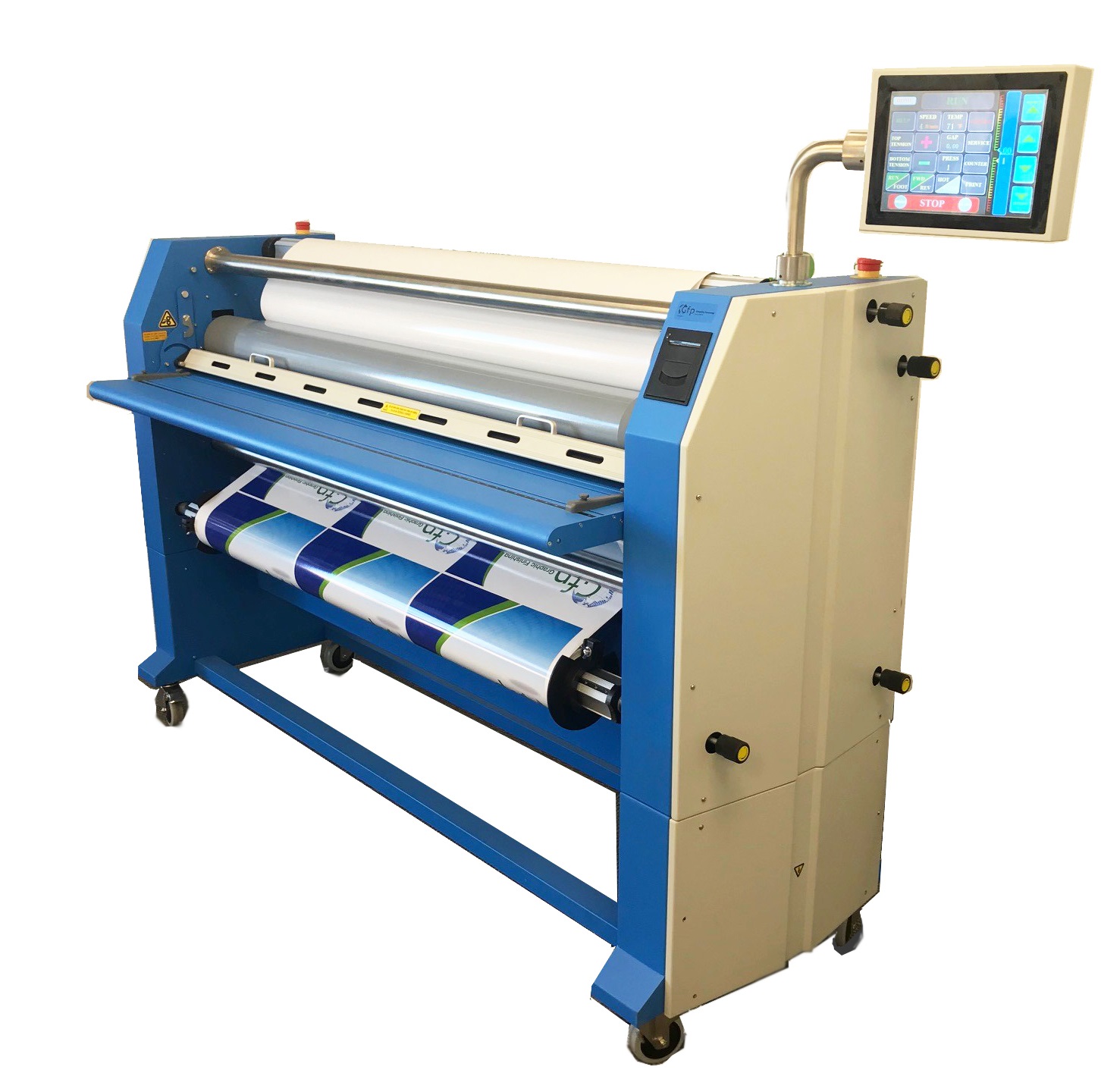Illumination: Setting A new standard for pylon sign lighting
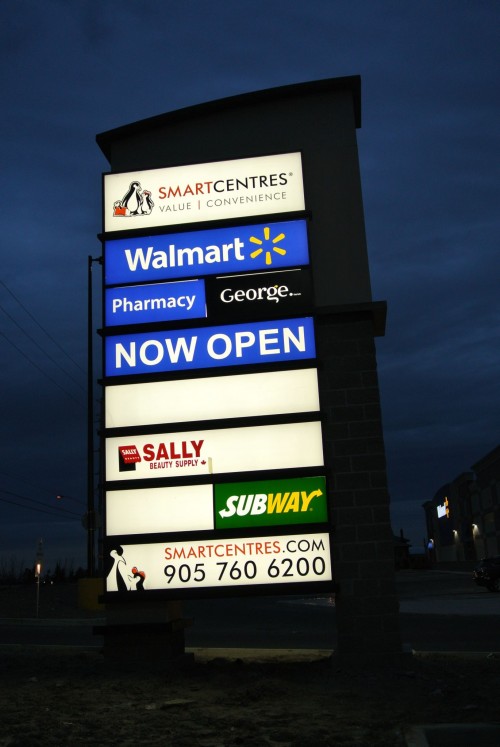
By Steven Xie
In fall 2013, representatives from SmartCentres, a Canada-wide commercial real estate development company, walked into Forward Signs’ 4,645-m2 (50,000-sf) workshop in Toronto. Their mission was to find a new way to light their properties’ pylon signs, which were still relying on decades-old fluorescent tube technology. As their tenant customers—including retailers, restaurants, banks, fitness clubs and other consumer-facing businesses—had become more environmentally conscious over time, SmartCentres needed a ‘greener,’ more efficient and more reliable illumination system.
As they approached the centre of the workshop, they saw a large, newly manufactured pylon sign elevated a short distance off the floor. It was one of two being built for the newest SmartCentres shopping plaza in nearby Brampton, Ont., which would open in January 2014, anchored by a Walmart department store.
With room to feature logos for Walmart and the other plaza tenants, the sign was 3.4 m (11 ft) wide, 5.6 m (18.5 ft) long and 1.2 m (4 ft) thick, including a double-sided illuminated area of 2.7 x 5.2 m (9 x 17 ft). If Forward Signs used fluorescent illumination, which had been the industry standard for decades, then each side of the pylon would require 17 pieces of 2.7-m (9-ft) long high-output (HO) tubes, for a total of 34.

Instead, the company installed a new light-emitting diode (LED) matrix illumination system, manufactured by Blueview International and supplied locally by Beyond LED in Richmond Hill, Ont. By way of comparison, this system would reduce the sign’s power consumption by 74 per cent, saving $1,663 in annual electricity costs, more than offsetting a slightly higher upfront system price. There would also be less need for ongoing maintenance expenses, as solid-state LEDs last longer than traditional lamps.
Even more importantly, compared to fluorescent tubes, the matrix system offered much more even distribution of white light.
“The market is changing fast,” says Guowei Li, Forward Signs’ operations manager. “LED lighting has long been a trend in the sign industry, but only recently has it started to be used in large-area illumination, which is still dominated by fluorescent tubes. This type of matrix system enables us to provide higher-quality, economical lighting to our customers.”

